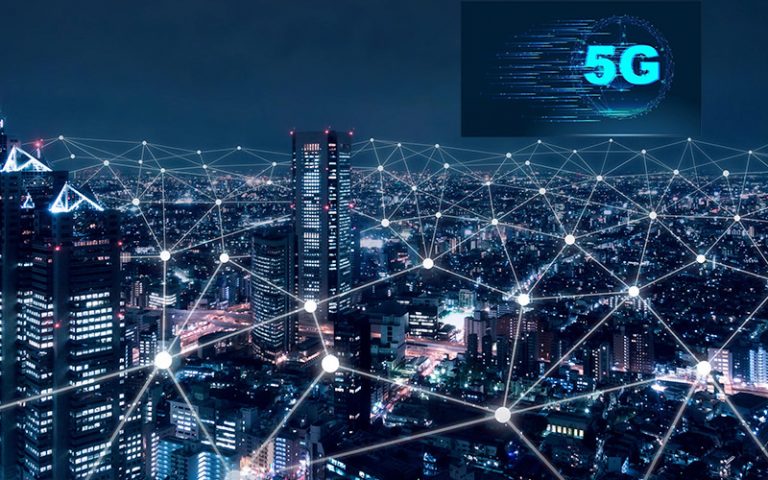This article discusses the subject of 5G radiation, which is a non-ionizing form of electromagnetic radiation. Since 5G radiation is tiny, it doesn't have the ability to break chemical bonds in biological tissue or cause any alteration to cells. It isn't known whether the effects of 5G radiation alter the risk of developing skin cancer, and there is no evidence that has been found to suggest that it can cause other illnesses.
High-frequency millimeter radiation
High-frequency millimeter wave radiation from mobile phones and wireless networks can cause adverse health effects for humans. There are many ways that this radiation can be harmful. In certain instances radiation may cause damage to a person's DNA. In other cases it could cause damage to other areas in the human body such as the brain.
Recent research has revealed that 5G technology can result in thermal heating in tissues. This is why the International Council on Non-Ionizing Radiation Protection (ICNIRP) has called for a review of the existing safety standards for biological and thermal radiation. The current standards for exposure don't protect people from extreme heat when exposed to pulsed millimeter wave radiation.
Skin cancer risk

There isn't a definitive answer at present to the question of whether 5G radiation could cause skin cancer. However, it is thought that 5G RF-EMFs behave similarly to high-LET ionizing radiations. This means that they may cause excessive levels of free radicals within the skin. The FCC has not yet issued any specific guidelines regarding the risks of 5G technology, and the debate continues.
Although there has been a variety of studies regarding the impact of radio waves with higher frequencies on the human body, they remain largely in scope. However, there is concern over the effects of millimeter-wavelength exposure on oxidative stress and gene expression. These effects may extend to the skin and various organs, such as the brain.
The impact of other illnesses
A new generation of wireless technology called 5G is rapidly growing in popularity however, scientists are advising against the health risks that could be associated with it. 5G will dramatically increase the amount of electromagnetic radiation within our environment. 5g towers radiation is a problem that has caused debate in several countries, including Switzerland. In 5g radiation , 390 scientists and doctors have backed a motion to put a moratorium on 5G deployment. This call was ignored by the European Commission, which is responsible for monitoring the use of 5G technology.
Therefore there is a need for more research to study the health implications of 5G. While we wait studies have proven that 5G isn't causing the same negative effects on humans as the radiation from older mobile networks. Additionally, it does not transmit a new type of coronavirus. Additionally, it does not make people more vulnerable to viral infections.
Measurement of exposure
Measurement of exposure to radiation from 5G is a crucial aspect of ensuring the safety of 5G networks. There are two ways to determine exposure. 5g radiation involves measuring RF power absorbed by human tissue. The other involves measuring the quantity of radiofrequency energy released through an object. Radiation frequency energy (RF) can be described as an energy source that is emitted directly from radio receivers.
Within the United States, the FCC has imposed a restriction on the energy density of 5G mobile devices. These tests only test the power density of a distance of several inches, and they do not require measurements of every beam. FCC does not require the measurement of every beam. However, how much power is generated by each beam is estimated through computer simulation. The worst case scenario is then selected based on the beam's configuration. each beam.
Study limitations
There's been a lot of discussion about the impact of 5G radiation on the health of humans. For instance, the Swiss government, for instance, has produced a report which concludes that the technology is not likely to cause adverse health effects in the short-term, however, there aren't any studies that have demonstrated long-term impacts. But, the report has a variety of issues, including biased reporting.
The power and frequency of the radio waves that transmit energy are determined by the frequency. The energy carried by a millimetre wave will be similar to the current radio waves however, they're less visible and will be more suitable for environments with high density, since they will not be easily obscured by walls or glass. High-density urban areas would require many tiny, low-power sites and suburban areas will be better served by 5G stations operating at lower frequency.
